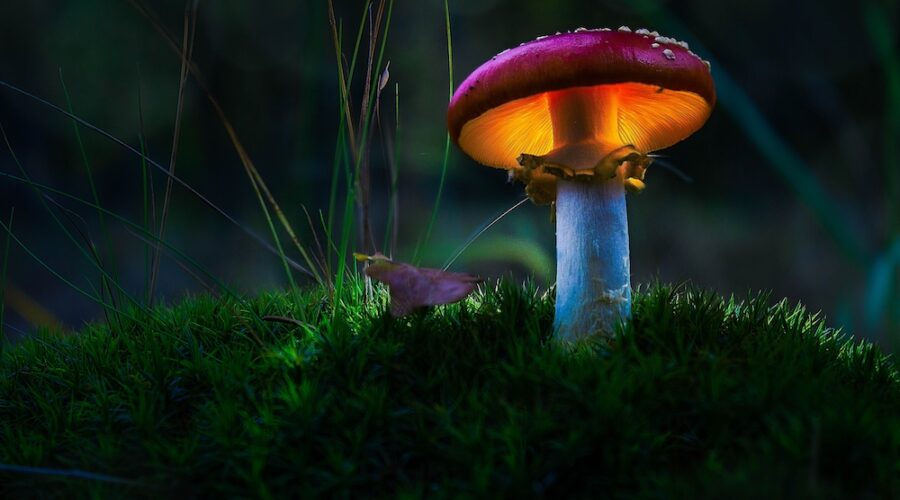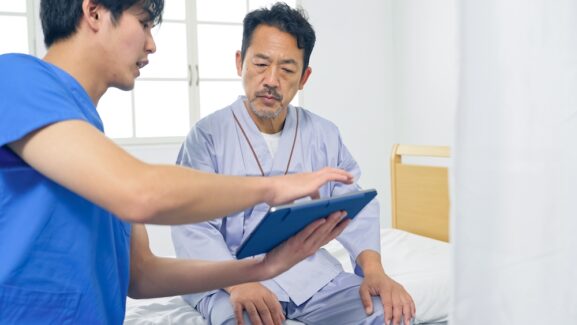These are the Most Popular Ways to Eat Magic Mushrooms
In the realm of psychedelic experiences, magic mushrooms have held a prominent place throughout history. From ancient shamanic rituals to modern explorations of consciousness, these fungi have been both revered and controversial.
Today, as discussions around their therapeutic potential gain momentum, and as legal restrictions evolve, a growing number of enthusiasts and curious minds are delving into the world of these enigmatic organisms. However, one question that often arises for both newbies and seasoned users alike is: “What are the most popular ways to eat magic mushrooms?”
Based on the feedback we have received from our visitors, here’s a breakdown of the most popular ways people consume magic mushrooms
| Method of Consumption | Popularity (%) |
|---|---|
| Dried | 30% |
| Chocolates | 23% (Growing in popularity) |
| Tea | 15% |
| Gummies | 14% (Growing in popularity) |
| Capsules | 7% (Growing in popularity) |
| Lemon Tek | 5% |
| Fresh | 5% |
| Tinctures | 1% |
| Peanut Butter Sandwich | 1% (See Below) |
| Honey | 1% |
An Overview of Consumption Methods with Our Expert’s Take
Eating Dried Mushrooms
This is perhaps the most common method due to ease of storage and consistent potency.
Pros: Drying mushrooms preserves their longevity and availability.
Cons: Some believe the dried form offers a less intense experience than fresh ones.
Personal Note: Dried mushrooms are a dependable standby, stepping up when fresh ones are out of reach.
Eating Fresh Mushrooms
Consuming fresh magic mushrooms is less common due to their limited shelf life and varying potency.
Pros: A direct, untampered connection to the mushroom, which can result in particularly vibrant experiences.
Cons: Fresh mushrooms are perishable and harder to store long-term.
Personal Note: Consuming them fresh amplifies my bond with the fungus. The ensuing euphoria and laughter, especially from self-cultivated ones, seem like nature’s reward.
Drinking Mushroom Tea
Brewing the mushrooms into tea is a popular choice for those who prefer a more palatable option and potentially gentler onset.
Pros: Brewing them as tea can negate potential stomach discomfort, facilitating a smoother journey.
Cons: The preparation process can be more time-consuming than simply ingesting them.
Personal Note: The tea method is my suggestion to those battling nausea. Its gentle embrace is both comforting and uplifting.
Lemon Tekking
This involves soaking the mushrooms in lemon juice before consumption. It’s believed to alter the experience but is less common.
Pros: The citric acid helps convert psilocybin to psilocin, bypassing one stage of the metabolism process that usually takes place in the stomach. This results in a more rapid onset and intensified effects.
Cons: The swift come-up can be overwhelming, especially for those unprepared.
Personal Note: Lemon tek is my go-to for a time-constrained experience. Newcomers should tread lightly, given its abrupt and intense nature.
Capsules
For controlled dosage and convenience, some people prefer capsules.
Pros: Mushroom capsules offer the advantage of precise dosing and convenient, discreet consumption.
Cons: Capsule may lack the natural experience some users seek and can vary in effect based on the encapsulation process and additional ingredients.
Eating Mushroom Chocolate
Chocolates help mask the flavor of magic mushrooms, while also making them portable and controlled dosages (as long as you get high-quality chocolates and don’t let them melt!)
Pros: A delicious vessel that can mask the mushroom’s distinctive taste, offering a consistent and enjoyable dose.
Cons: Dosage precision can be tricky with homemade concoctions.
Personal Note: A hot cocoa, imbued with mushroom powder, is often my offering to friends wary of the mushroom’s natural palate.
Mushroom Tinctures
Pros: Precision dosing is simplified, offering a discreet and seamless experience.
Cons: The process is more removed from the natural essence of mushrooms.
Personal Note: The growing trend of tinctures, especially for microdosing, has found its place among many for its inconspicuous and efficient nature.
Honey
Pros: A delightful concoction that synergizes the potency of mushrooms with honey’s natural sweetness.
Cons: Crafting blue honey requires patience and, typically, the resultant honey isn’t as potent—meaning more needs to be consumed for a stronger trip. However, it’s ideal for microdosing.
Personal Note: Blue honey’s historical allure combined with its ease of mixing in beverages makes it a sweet and evocative choice for mushroom experiences.
Peanut Butter Sandwich
Pros: A classic remedy for those put off by the earthy taste of mushrooms.
Cons: It’s more of a functional choice than a gourmet delight.
Personal Note: The peanut butter sandwich — a simple yet effective solution — has salvaged many a friend’s experience.
Mushroom Gummies
Similar to cannabis edibles, magic mushrooms can be incorporated into gummies for a more palatable experience.
RELATED: This is how long it takes mushrooms to kick in
The exploration of magic mushroom consumption methods illuminates the intricate relationship between ingestion techniques, dosages, and the resultant experiences. From traditional dried forms to innovative culinary creations, each method reflects the diverse effects and potencies of these enigmatic fungi. This article has shed light on the popular ways people ingest magic mushrooms, highlighting their unique appeals and differences. Whether you’re a curious observer, a cultural anthropologist, or a first-time user, this insight into various consumption methods offers a deeper understanding of the multifaceted world of magic mushrooms.
And one thing to note: these percentages are estimates based on HealingMaps’ audience. The actual popularity of these methods can vary based on several factors, including regional preferences, cultural differences, and individual choices. Additionally, the legal status and potential health implications of magic mushroom consumption should be carefully considered.



